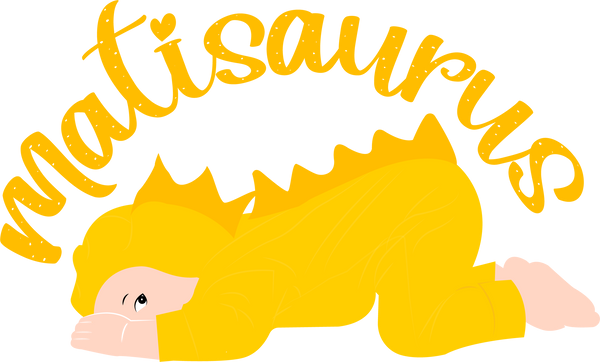Organic Baby Clothing vs. Non-Organic Baby Clothing
•Posted on December 16 2019

Cotton is the most-used fabric in the world. It’s used for all kinds of garments because it’s soft and easy to care for. Cotton provides more than half of the fibers used around the globe, but it only makes up a little more than 3% of farmland. However, that 3% of farmland uses over 25% of the world’s pesticides.
The Effects of Chemicals on Your Baby

That’s a lot of toxins in a really small area. The high demand of cotton fabric has caused manufacturers to add pesticides and other chemicals to their harvest so they can increase growth and keep up with demand. This puts a lot of unnecessary chemicals in the ground, penetrating the ground water and harming the environment.
These pesticides also affect the soil. These chemicals leave the ground unsuitable to grow anything else unless the balance is restored to the soil. It’s a vicious cycle that will continue until we all think differently about what is being used and what we consume.
So why is this important? These pesticides are being sprayed everywhere and added to the fabric in your baby’s traditional cotton clothes. These chemicals can cause eczema and other irritating skin conditions.
The onesies you’re putting on your baby’s precious skin may be full of pesticides and other chemicals, unless you choose to go completely organic.
The Effects of Manufacturing on Your Baby

It’s not just about the chemicals either. There are more differences in the manufacturing process. The purity of the cotton and the way it’s picked means that in more traditional settings, manufacturers care about supply and demand. It’s more efficient for the cotton to be machine picked.
Machines tend to break down the fibers, which damages the purity of the cotton. Not to mention the exhaust that those machines release into the environment and the cost of running a huge machine operation.
Hand-picked organic cotton fibers remain pure. Finn and Emma is a great example of 100% soft, natural cotton to make organic baby clothes. They use environmentally friendly growing, picking, and manufacturing processes.
Baby clothes have come a long way. It’s surprising that machines built to harvest cotton can cause such toxicity and have an effect on our overall health. Dressing your baby in organic cotton baby clothing from Matisaurus can give you a peace of mind that you’re abandoning harmful chemicals.
Our society is moving toward becoming more health-conscious, so it’s important that we all take steps to educate ourselves. Buying organic baby clothing not only ensures that only the safest and softest fabric comes in contact with your baby, it can reduce your footprint on the environment, too.
Organic cotton farming adds less stress on farmers and nature. It allows for easier crop rotation, and without harmful chemicals, you’re supporting soil-friendly practices. Every time you make an organic baby clothing purchase, you’re making your baby and Mother Nature smile.
You’re doing a favor to your baby and society. It’s a win-win.
More Posts
-
How To Buy Clothes ...
When you’re planning for the arrival of your new baby boy, the list of things to do is endless and often confusing! Even choosing the right clothes...
Read More -
How Parents Can Soo...
New parents know how challenging it can be to care for babies’ sensitive skin. While you should always consult your pediatrician if your baby is su...
Read More -
Choosing the Perfec...
It's such fun shopping for baby gifts for that special little someone in your circle of friends and family. There are so many cute outfits, blanket...
Read More



